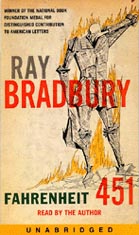 Ray Douglas Bradbury was an American fantasy, horror, science fiction, and mystery writer and he died in Los Angeles, California, on June 5, 2012, at the age of 91.
Ray Douglas Bradbury was an American fantasy, horror, science fiction, and mystery writer and he died in Los Angeles, California, on June 5, 2012, at the age of 91.
Bradbury’s bio on his official site introduces him very well:
Ray Bradbury is one of those rare individuals whose writing has changed the way people think. His more than five hundred published works — short stories, novels, plays, screenplays, television scripts, and verse — exemplify the American imagination at its most creative.
Once read, his words are never forgotten. His best-known and most beloved books, THE MARTIAN CHRONICLES, THE ILLUSTRATED MAN, FAHRENHEIT 451 and SOMETHING WICKED THIS WAY COMES, are masterworks that readers carry with them over a lifetime. His timeless, constant appeal to audiences young and old has proven him to be one of the truly classic authors of the 20th Century — and the 21st.
On Mashable, Chris Taylor wrote a great piece about Bradbury and Fahrenheit 451:
The most important thing to know about Fahrenheit 451 is that it is explicitly not about government censorship. (Bradbury was so firm on this point he once walked out of a UCLA class when his students tried to insist it was so.)
The firemen aren’t burning books on the orders of some shadowy Big Brother. They’re doing it, protagonist Guy Montag is told, because society as a whole turned away from the scary cacophony of knowledge, from the terror of differing opinions and the burden of having to choose between them, from deep and troubling thoughts.
We turned away from literature and towards vapid reality television and radio shows, the book says. We spurned any kind of poetry (Montag’s wife Millie slams Matthew Arnold’s classic Dover Beach as depressing and “disgusting”) and preferred to listen to the noise of our cars as they speed across the landscape at 100 mph.
Even when Guy wants to read his stolen books, he can’t, because the ubiquitous ads drown out his thoughts.
Any of this starting to sound familiar?
Yes, indeed!
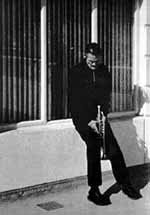 Chet Baker was a great jazz trumpeter but he also had a great voice. It was soft and delicate, and if you listen to ‘Let’s Get Lost’ or ‘Autumn Leaves’, you will understand what I mean.
Chet Baker was a great jazz trumpeter but he also had a great voice. It was soft and delicate, and if you listen to ‘Let’s Get Lost’ or ‘Autumn Leaves’, you will understand what I mean.

 Have you ever visited Versailles? The Gallery of Mirrors and the Queen’s bedroom?
Have you ever visited Versailles? The Gallery of Mirrors and the Queen’s bedroom?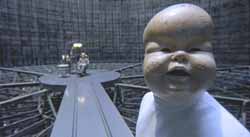 Brazil is a 1985 science fiction, black comedy film directed by Terry Gilliam and it is a variation of George Orwell’s 1984.
Brazil is a 1985 science fiction, black comedy film directed by Terry Gilliam and it is a variation of George Orwell’s 1984. It is now official: neutrino researchers admit Albert Einstein was right.
It is now official: neutrino researchers admit Albert Einstein was right. Ray Douglas Bradbury was an American fantasy, horror, science fiction, and mystery writer and he died in Los Angeles, California, on June 5, 2012, at the age of 91.
Ray Douglas Bradbury was an American fantasy, horror, science fiction, and mystery writer and he died in Los Angeles, California, on June 5, 2012, at the age of 91.
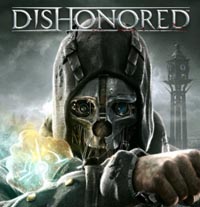 I love playing video games and the least I can say is that Steampunk is not a common genre. But it will change soon with Dishonored, developed by Arkane Studios and published by Bethesda Softworks.
I love playing video games and the least I can say is that Steampunk is not a common genre. But it will change soon with Dishonored, developed by Arkane Studios and published by Bethesda Softworks.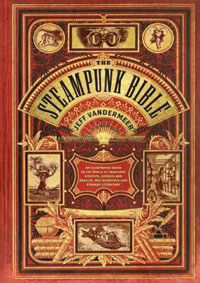 On my first day, I posted about
On my first day, I posted about